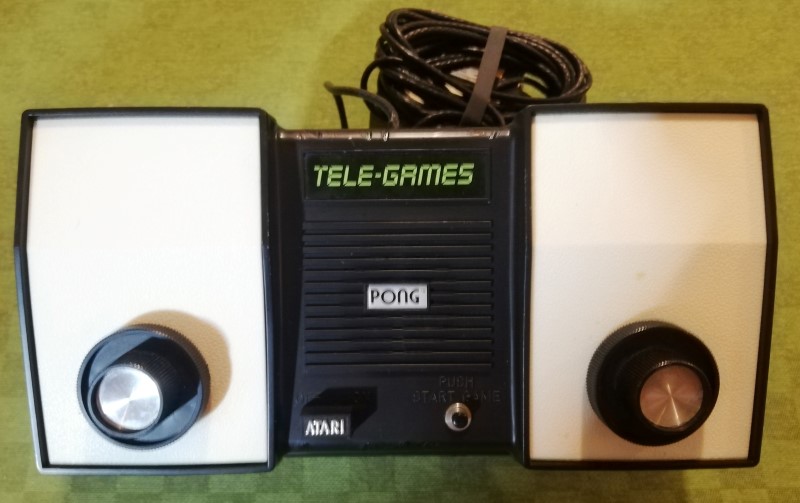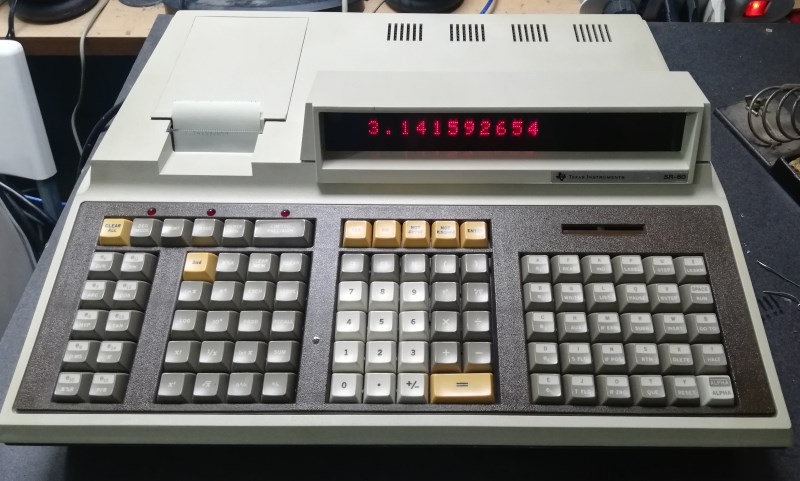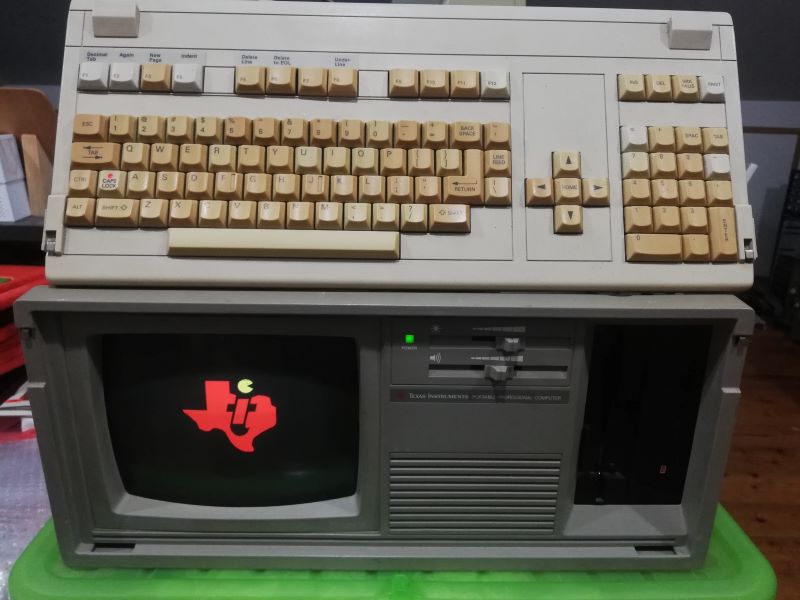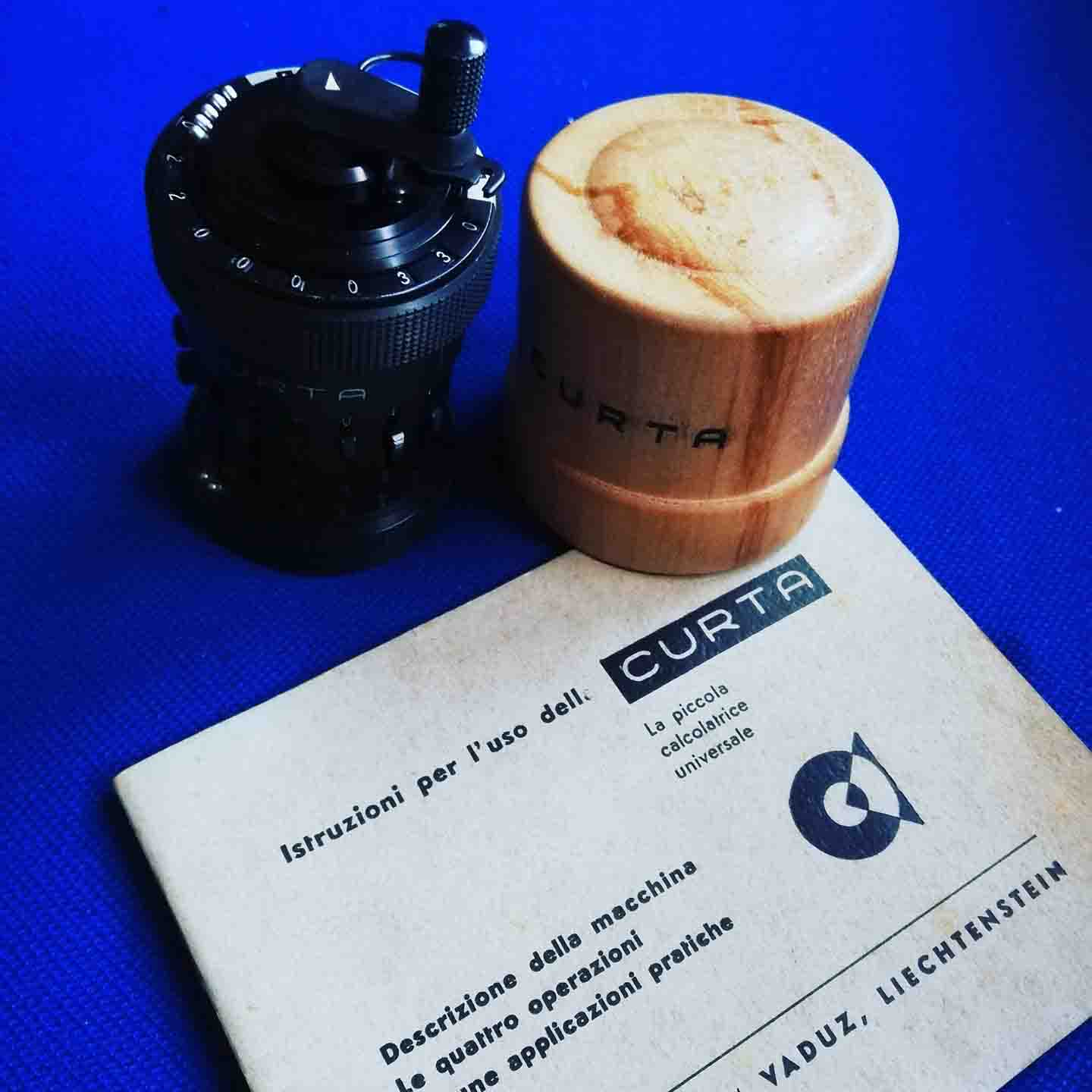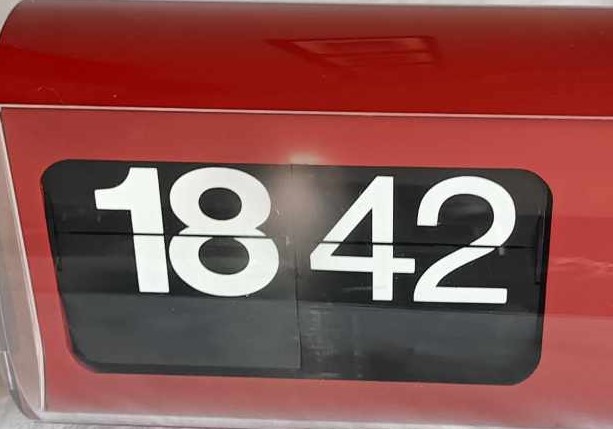In 1975, Atari started looking for ways to distribute their new home “Pong” system, but it wasn’t easy finding a distributor due to the track record that Magnavox had with the Odyssey. Retailers felt the price of the system was too expensive to draw an interest from the general public. After being rejected by numerous toys and electronics manufacturers Atari tried contacting Sears & Roebuck to see if they would have any better luck trying to work out a distribution agreement. They were directed to Tom Quinn who was the buyer for Sears’ sporting goods department, and he expressed interest but wanted the system demonstrated for a few executives first. Al Alcorn travelled to Chicago to demonstrate the pong home system prototype for the Sears executives and despite some minor technical issues with the prototype was able to obtain their approval.
Now that the executives gave their blessing, Quinn started to work with Nolan Bushnell to see if they could reach an agreement. Quinn wanted exclusive rights to the system as well as 150,000 systems before the holiday season. Bushnell agreed to the terms even though he knew that Atari would not be able to produce 150,000 units with their current facility. Atari acquired a new factory through funding by venture capitalist Don Valentine in order to produce the promised 150,000 units for Sears. In the end Atari was able to fulfill the order for Sears. All systems manufactured in 1975 were branded with Sears’ “Tele-Games” name but in 1976 Atari started releasing a version under their own brand name.
The success of home pong just like the video arcade version resulted in a multitude of clone pong consoles. Unlike the Magnavox Odyssey the home pong console and the clone consoles were only able to play one game “Pong”. Even with the limited ability of playing just one game the Pong systems became extremely popular and easily outsold the Odyssey.
Sears’ first venture into video games was very successful and they decided to continue the partnership with Atari expanding the tele-games brand by offering other video game systems with built in games. Atari continued to manufacture systems branding them with the Sears Tele-Games brand and by early 1977 many systems with built in games were released under both the Atari brand and the Sears Tele-Games brand.
.













